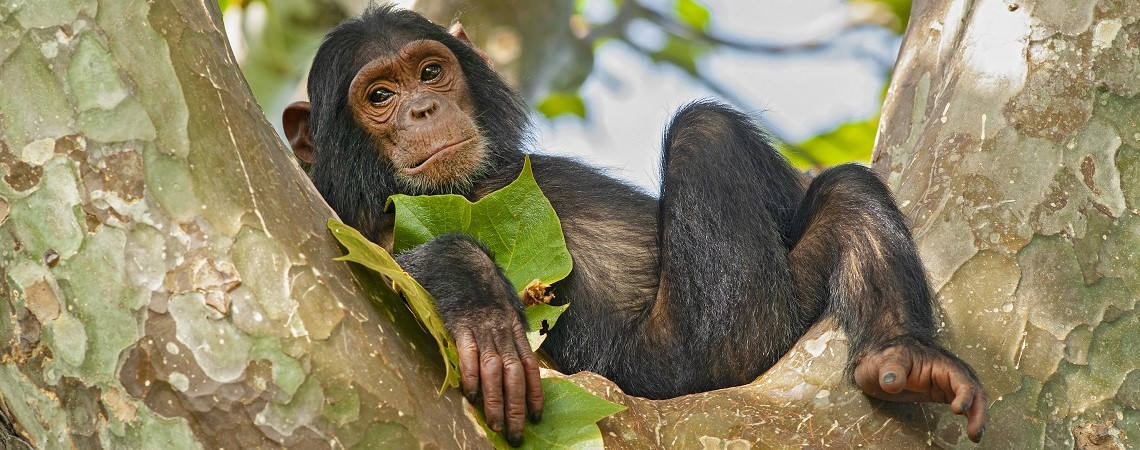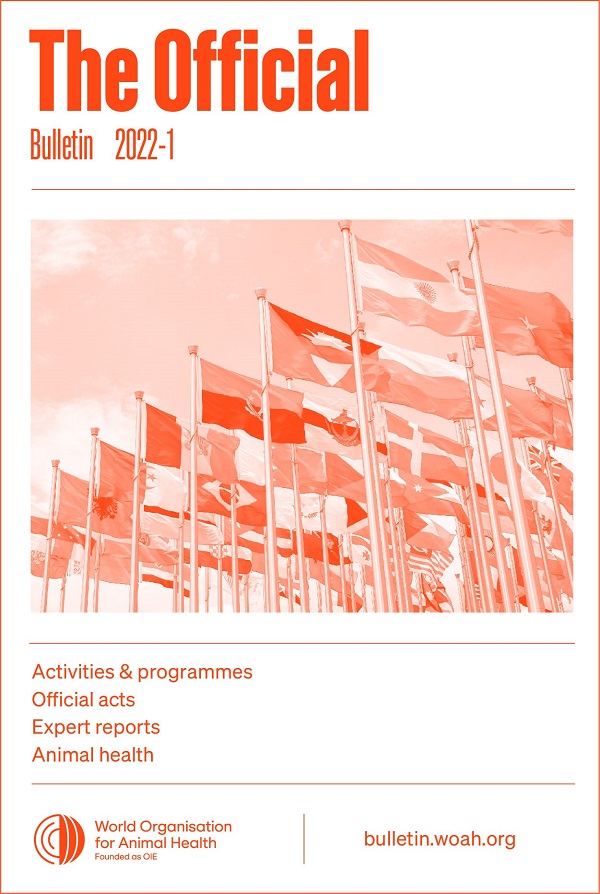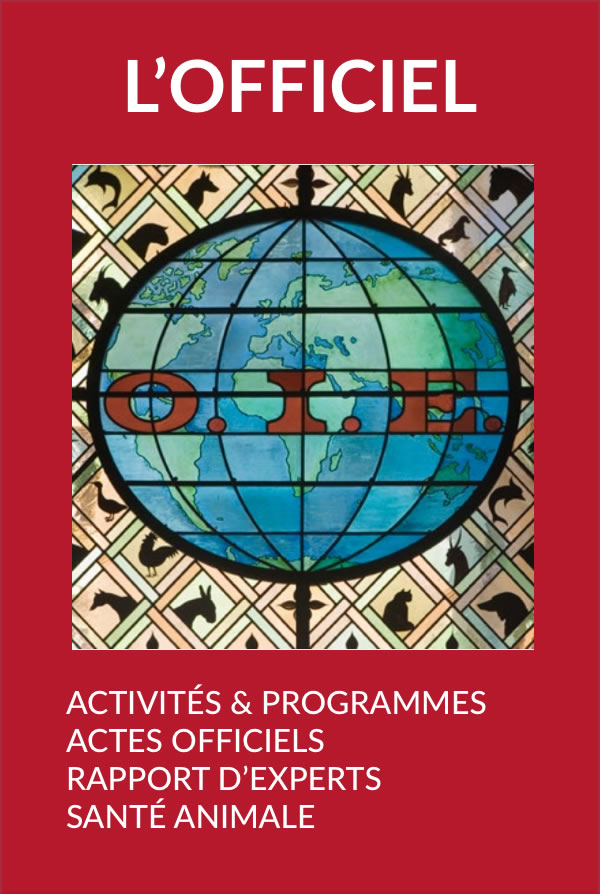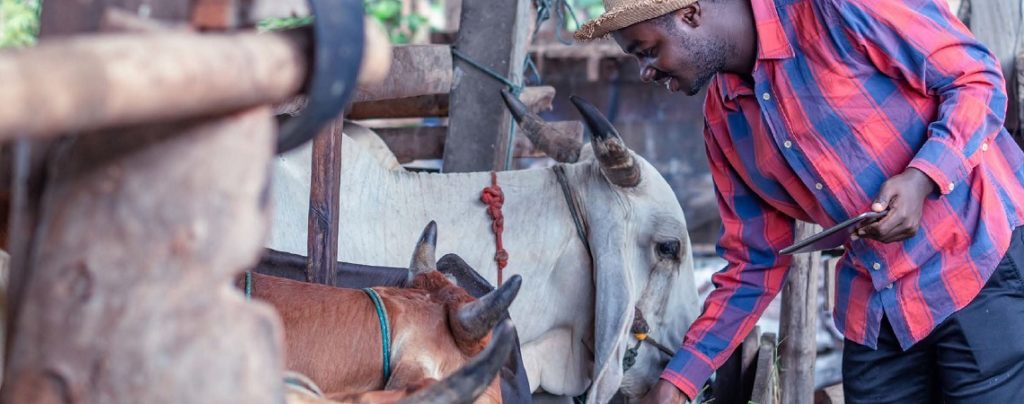Activities & Programmes Posted on 2022-06-27 09:20:44
partners
One Earth – One Health: how can we mitigate future pandemics?
High-level dialogue at the IUCN World Conservation Congress
Keywords
The high-level Panel on One Health consisted of Mr Jean-Yves Le Drian, French Minister for Europe and Foreign Affairs; Prof. Jon Paul Rodriguez, Chair of the IUCN Species Survival Commission; Dr Radhika Murti, Director of the IUCN Global Ecosystem Management Programme; Dr William Karesh, Executive Vice President for Health and Policy, EcoHealth Alliance; Dr David Nabarro, Strategic Director of For Sustainable Development (4SD); and Ms Ingrid-Gabriela Hoven, Managing Director of Deutsche Gesellschaft für Internationale Zusammenarbeit (GIZ). The World Organisation for Animal Health was represented by Dr Chadia Wannous, One Health Coordinator.
The Panel discussed the need for a One Health approach, particularly at the national level, in response to the emergence of COVID-19. Experts presented the drivers behind emerging infectious diseases and their impacts on human health, the environment and wildlife. A moderated expert panel subsequently discussed the priority solutions at the national level, in line with a One Health approach, that will be needed to prevent and mitigate the impacts of future pandemics. Finally, the potential role of IUCN’s One Programme in supporting the implementation of these national priority actions was described. Opportunities for new action and new partnerships were also identified.
One of the outcomes of the event was a document, which outlined the key priority ‘solutions’ and potential roles for the IUCN and its Members in advancing One Health from a conservation viewpoint, as discussed by the Panel at the event and then expanded by the Panel afterwards. The solutions are divided into the following seven categories that overlap in their scope:
- addressing drivers of the emergence of zoonoses
- research into the mechanisms of spillover events of emerging infectious diseases (EIDs)
- domestic animal and wildlife production and trade
- leadership and cultural changes
- national capacity building for One Health
- communication and information sharing
- post-COVID recovery.
The involvement of WOAH was indicated in several of these actions. Therefore, after the Congress, WOAH and IUCN held two follow-up meetings to discuss the way forward and identify areas of collaboration.
During these meetings, WOAH presented and discussed the Wildlife Health Framework [1] and related action packages, including a review of related standards and guidelines, the WOAH global review of legal frameworks and regulations on wildlife (including the IUCN World Commission on Environmental Law), WOAH Ad hoc Group work on developing guidelines to reduce the risk of disease emergence along the wildlife trade chain, and the future WOAH wildlife disease information system (WAHIS‑Wild).
The discussion identified several areas to explore for IUCN collaboration, including participation in a review of current wildlife health guidance, the revision and updating of wildlife disease surveillance guidance, and, in particular, supporting the dissemination and communication of updated guidelines for wildlife trade [2] and wildlife disease surveillance [3] to all IUCN Members and stakeholder groups.
In the area of information sharing, there is an opportunity to enhance joint analysis and interoperability between the IUCN and WOAH databases. The IUCN has several databases that could be of use to WOAH and its Members, including red-listed species, red-listed ecosystems and protected areas (IUCN Conservation Tools). The aim is to use this comprehensive set of information for risk analysis and analytical work that could drive policy and behaviour changes to protect wildlife and achieve One Health.
This exchange has also highlighted the need to revise the 2012 memorandum of understanding between WOAH and IUCN to integrate the proposed new areas of work and strengthen the partnership for One Health.
| Visit the website of the International Union for Conservation of Nature |
| Visit the website of the World Organisation for Animal Health |
https://doi.org/10.20506/bull.2022.1.3298
References
- World Organisation for Animal Health (2021). – OIE Wildlife Health Framework. Protecting wildlife health to achieve One Health. Version V17032021.
- Jakob-Hoff R.M., MacDiarmid S.C., Lees C., Miller P.S., Travis D. & Kock R. (2014). – Manual of procedures for wildlife disease risk analysis. World Organisation for Animal Health, Paris, 160 pp. Published in association with the International Union for Conservation of Nature and the Species Survival Commission.
- World Organisation for Animal Health (2015). – Guidelines for wildlife disease surveillance: an overview.












